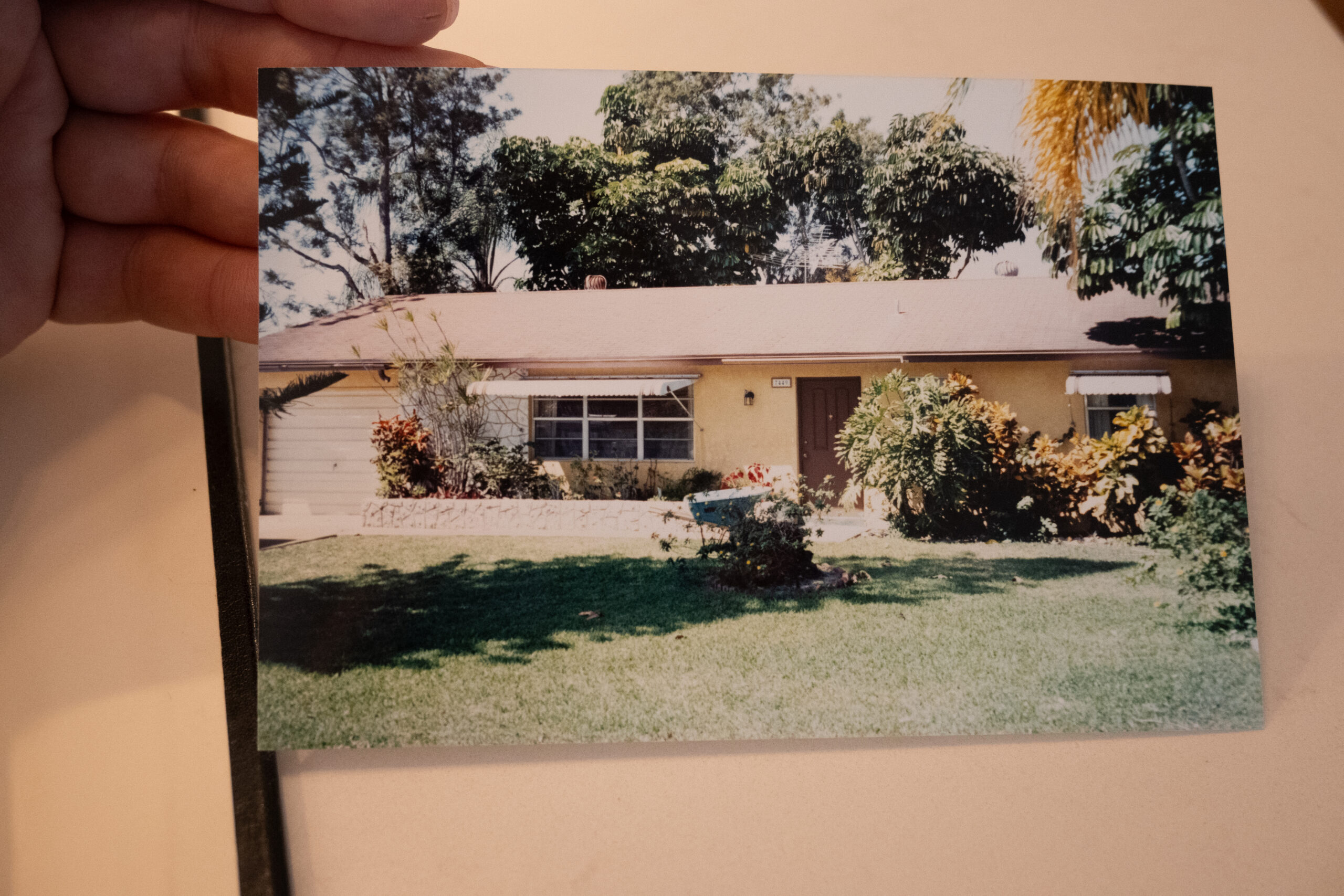“The best time to plant a tree was 20 years ago. The second best time is now.” – Chinese Proverb

I am an unlikely gardener. Yet, like so many of my generation, the past few years have sparked a growing need to understand what my grandparents seemed to know by heart — where our food comes from and how it’s grown. So armed with a little more than a passing knowledge of herb gardening, & nestled in a challenging climate zone (10b), I began my gardening journey.

Here are a few things I’ve learned as a beginner gardener:
- Start small. The first year I tried vegetable gardening, I had one 2’x4′ raised cedar bed, and grew herbs, okra, & a few watermelon radishes. I added 3 more beds the following year, and then made larger, more permanent beds the third year. Every year, I learned & adapted to what I learned to add more crops.
- Research your zone & planting times carefully. The best resource we have for planting in the zones where I live is through a state university gardening program. Research your area, and start planning your first little crop a month or so before the recommended planting time.
- Consider the soil. In my climate, the sandy soil presents a challenge, so raised garden beds have become my go-to solution. As I mentioned above, I began with small wooden beds, and then as my understanding of soil and the nutrient needs of my plants grew, I graduated to larger in ground raised beds. By layering the bottom with heavy cardboard and scraps of old firewood and cuttings from around my property—an homage to the hügelkultur method, which uses organic material to nourish the soil over time, I was able to build the base of these beds without having to fill them completely with soil.
- Grow only what your family will eat. In the early days, I planted anything that caught my eye & seemed to grow well here, such as collard greens & okra, but found they never made their way to our table. While this was a great learning curve, part of the refinement process as a gardener is learning to grow food we actually eat & can preserve for the future! Now, my garden became less about variety and more about fulfilling that purpose. In the summer, we focus on things like ginger, turmeric, peppers, grapes, peanuts, and sweet potatoes—plants that thrive in our sweltering heat. When fall and winter roll around, the cooler air opens up the possibilities of what I can grow: tomatoes, carrots, watermelon radishes, lettuces, and green beans.
The garden, much like life, teaches me something new every year. It’s not about getting it right all the time—it’s about learning, adapting, and celebrating the small victories. And maybe, just maybe, planting something today that will bear fruit tomorrow.




